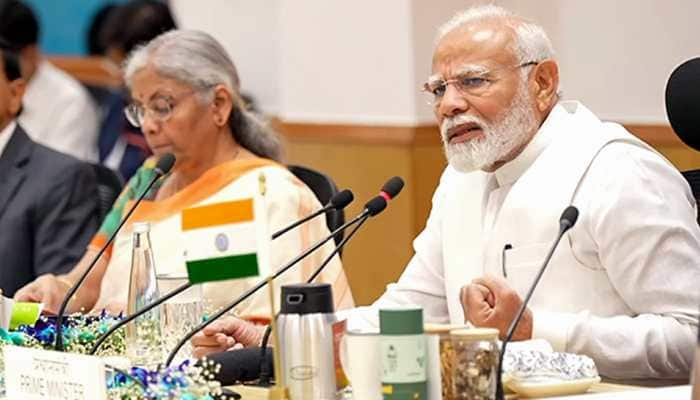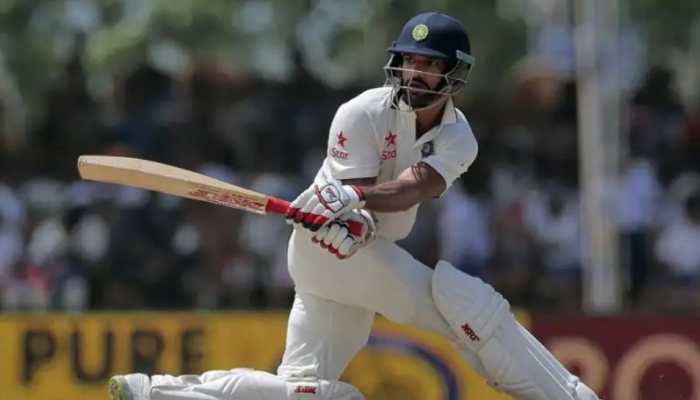Assam's Sankardev Kalakshetra museum displays rich culture of north-east
Named after the great unifier of Assam and one of the greatest integrators of the Indian society of the fifteenth century, Srimanta Sankaradeva, Sankardev Kalakshetra is an Assamese cultural museum in the Panjabari area of Assam's Guwahati displaying rich culture of north-east.
Trending Photos
)
Guwahati: Named after the great unifier of Assam and one of the greatest integrators of the Indian society of the fifteenth century, Srimanta Sankaradeva, Sankardev Kalakshetra is an Assamese cultural museum in the Panjabari area of Assam's Guwahati displaying rich culture of north-east.
In addition to being the largest cultural congregation of the north eastern part, the Kalakshetra is also a major tourist spot in Guwahati, attracting tourists by the hordes.
Kalakshetra, built in 1990s displays excellent art of Assam. The food joints, places of worship, emporiums and open air theatres within the sprawling Kalakshetra premises are the centre of attraction.
Srimanta Sankaradeva Kalakshetra has been conceived as a grand exposition of the life and culture of the people of Assam, of its diverse ethnic groups and sub-groups who have created the cultural mosaic which is the essence of the state, in all its beauty and splendour.
The Kalakshetra attempts to capture and convey the essence of the great seer's spirit, who preached the message of unity in diversity, sang the song of glorious Bharata-Varsha and the universal brotherhood of man.
The institution attempts to preserve, restore, and promote the rich cultural heritage of the diverse ethnic communities inhabiting Assam.
The Kalakshetra is divided into several complexes. The Central Museum exhibits the articles used by the tribal people of Assam state. The museum also houses several cultural objects of the state within it.
The open-air theatre can accommodate around 2,000 people at a time and hosts cultural programs in its premises.
The Sahitya Bhavan is the library in the Kalakshetra, which has a huge collection of rare books and manuscripts. It is a repository of the literature of the region.
Another section of the art complex is the Lalit-Kala Bhavan, it is the centre used for exhibitions and workshops on art and culture.
Honouring the suggestions of the renowned cultural activists of the State, the Government of Assam in 1986 decided to set up a complex to serve as a centre of activities in the field of dance, drama, music, fine-arts, literature etc. with a view to preserve and promote the cultural heritage of the people of Assam.
In the same year, a tentative plan for the cultural complex was prepared and later, named as ' Srimanta Sankaradeva Kalakshetra' and its foundation was laid on February 2, 1988.
In the year 1990, the Assam Government had taken up with the Centre, the matter of placing the project of the Kalakshetra under Clause VI of the "Assam Accord 1985", which says -"Constitutional, legislative and administrative safeguards, as may be appropriate, shall be provided to protect, preserve and promote the cultural, social, linguistic identity and heritage of the Assamese people".
Stay informed on all the latest news, real-time breaking news updates, and follow all the important headlines in india news and world News on Zee News.
Live Tv







)
)
)
)
)
)
)
)
)
)
